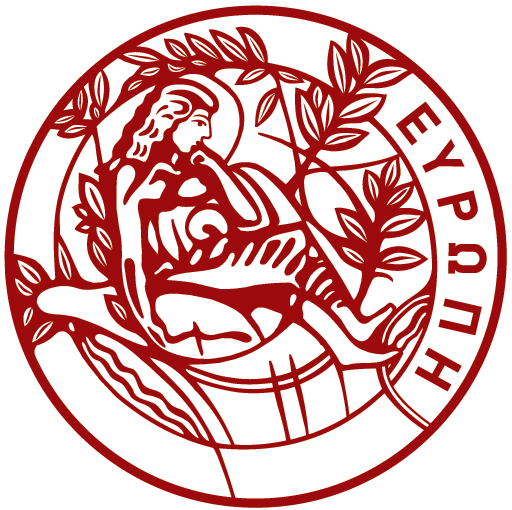Action Research
August 30, 2023 2023-08-30 15:19Action Research
Action research can improve teaching as it is based on evidence-based educational research in your field with your own students. Take the plunge and be an ACTION RESEARCHER!
The term Action Research was coined by social psychologist and educator Kurt Lewin in the 1940s (Messikh, 2020; Sağlamgöncü & Deveci, 2022). Lewin viewed Action Research as a cyclical process involving planning, data collection, action, evaluation and reflection. Furthermore, he described this non-linear process as a “spiral of steps, each of which consists of a cycle of planning, action and fact-finding about the outcome of the action” (Messikh, 2020; Sağlamgöncü & Deveci, 2022) or more simply as a planning-action-reflection cycle.
Action Research was applied in the field of education in the 1940s by Stephen Corey, a researcher at Columbia University (Messikh, 2020; Sağlamgöncü & Deveci, 2022). The goal of Corey and his colleagues was to improve school curricula and bridge the gap between classroom practice and research data. Within this context, they worked with many principals, education supervisors and teachers to disseminate the ideas of collaborative Action Research believing that collaboration would greatly empower the teacher(s) (Messikh, 2020).
More specifically, in the field of education, the systematic research design of Action Research was used to collect data on how educational institutions operate, what teaching processes are in place and how students can learn better. Thus, various Action Research practices were designed and implemented in real-life or classroom/academic settings with the aim of improving the quality of teaching through Action Research. The results of these practical applications allowed for both basic education and higher education (Poonputta, 2021), was used to support the view that through the collaboration of expert researchers and faculty members of a discipline, any problematic situation can be addressed and change and development can occur (Sağlamgöncü & Deveci, 2022). More specifically, change is related to the following three points: 1) change in the teaching practices of the lecturers, 2) change in their perceptions of their teaching practices, and 3) change in the conditions of implementation of the teaching practices (Gibbs et al., 2016; Katsarou, 2010).



